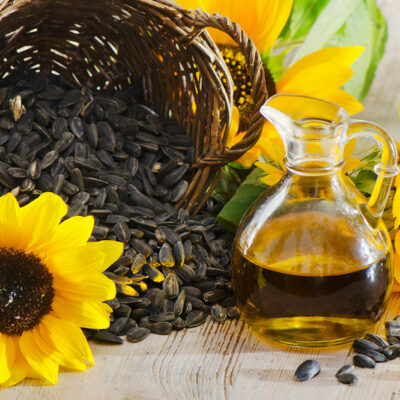
Health
Risk Factors and Effective Ways to Prevent Leukemia
Leukemia is a kind of blood cancer that affects the bone marrow, hindering the body’s ability to fight infections. Leukemia can be slow-growing or aggressive, depending on its stage. Here is a list of risk factors and preventive tips for leukemia that you should know. Risk factors for leukemia Family history – Having a first-degree relative with leukemia or an identical twin diagnosed with the condition puts one at a higher risk of developing this type of blood cancer. Exposure to radiations – In the list of risk factors and preventive tips for leukemia, exposure to energy radiations, including atomic bomb explosions, is an important risk factor. People who are chronically exposed to energy radiations from electromagnetic fields are at a higher risk of developing leukemia. Congenital syndromes – Some congenital syndromes like Down syndrome, Bloom syndrome, and Diamond-Blackfan syndrome are considered risk factors for developing leukemia. Past cancer treatments – If you have undergone radiation therapy or chemotherapy as part of your cancer treatments, then this can put one at a higher risk of developing blood cancer. Both radiation and chemotherapy can cause mutational changes in a person’s DNA, resulting in leukemia. Bone marrow failure – About 33% of people with a bone marrow failure disorder develop leukemia over time.
Read More 















